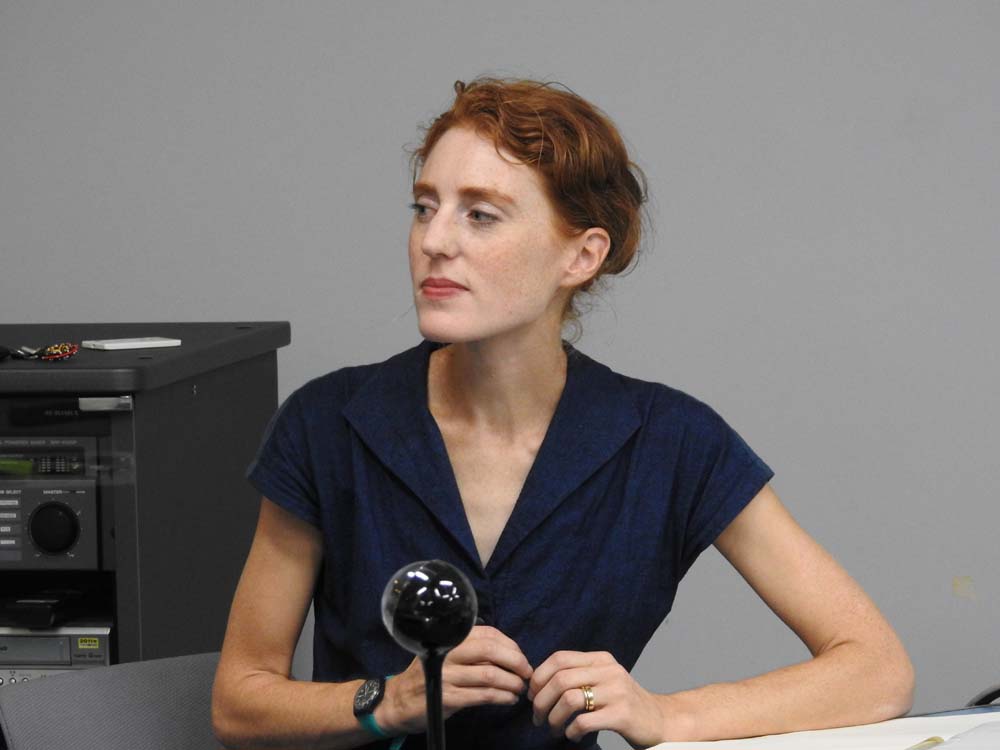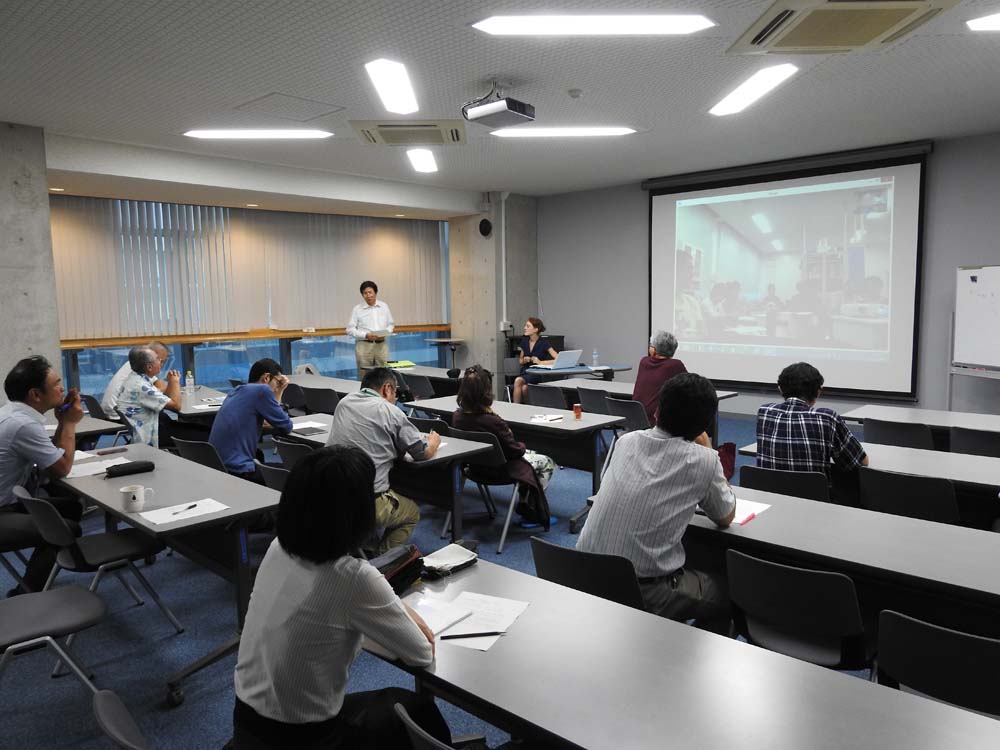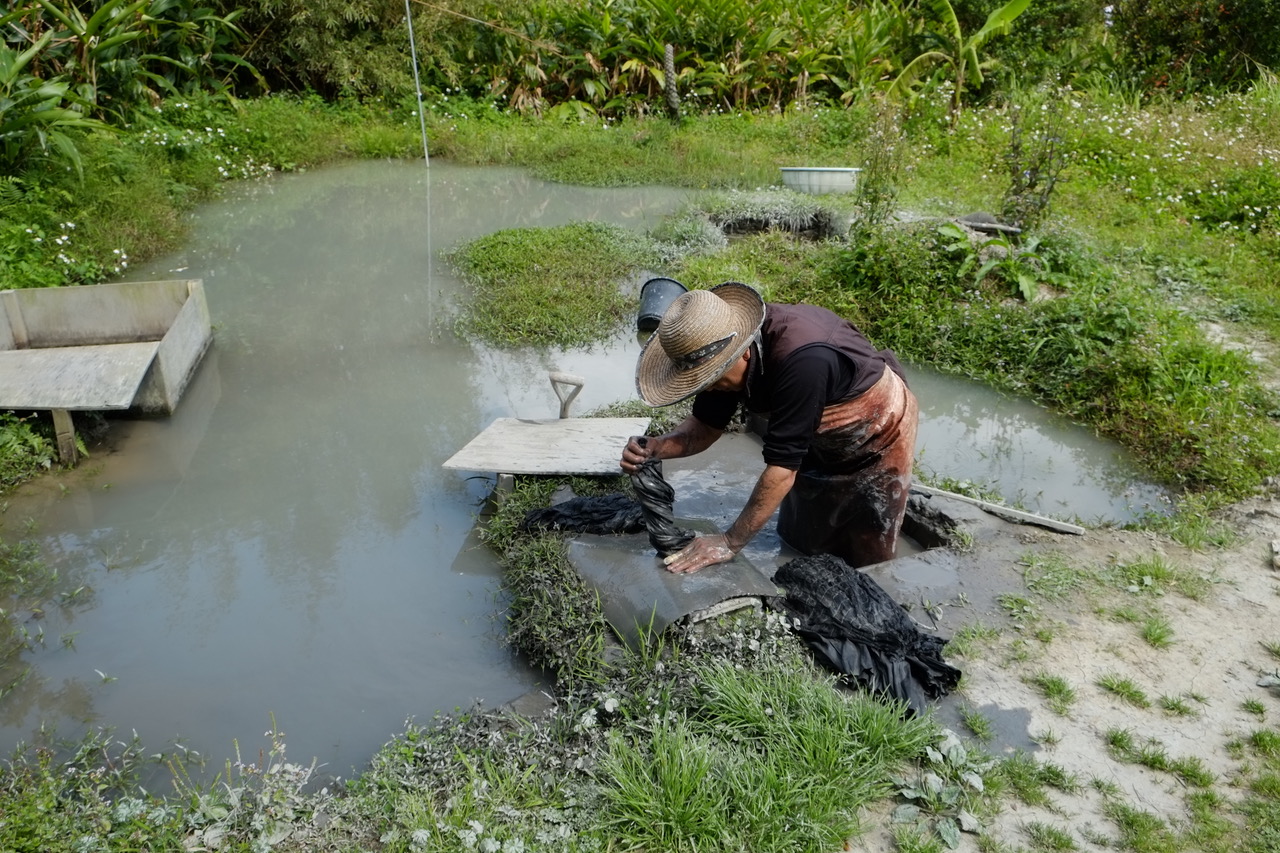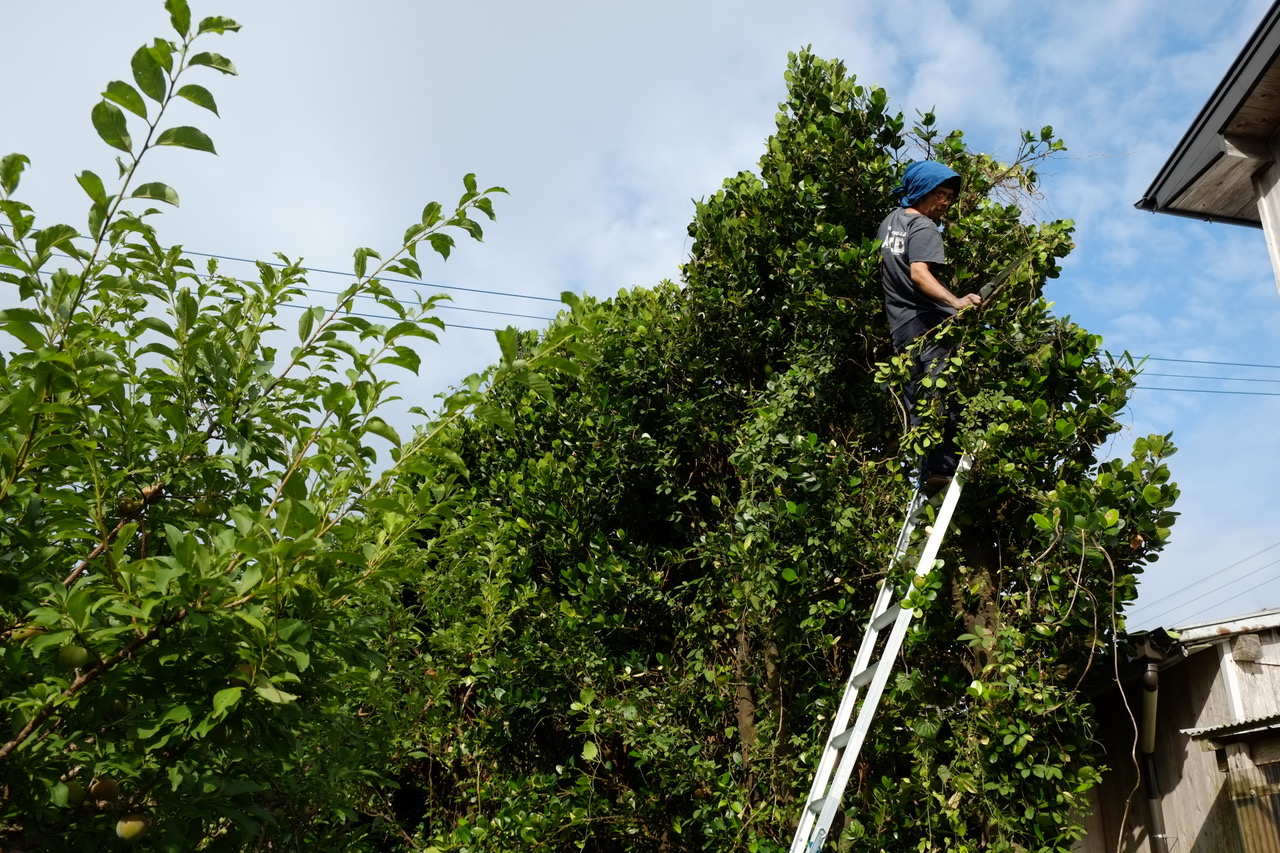島嶼研特別研究会「織物の展望と草木染の錬金術―現代日本の地方における新しい世代の染色家―」
島嶼研特別研究会「織物の展望と草木染の錬金術―現代日本の地方における新しい世代の染色家―」を開催しました。
【発表者】シャーロット・リントン(オックスフォード大学人類学・博物館民族誌学科)
【日 時】平成30年10月9日(火)17:00~18:30
【場 所】鹿児島大学総合教育研究棟 5階 国際島嶼教育研究センター会議室
草木染、すなわち、植物の材料と天然の媒染剤(定着剤)による染色は、伝統的織物としての歴史があり、日本の地方において全国的に強力な産業となりつつある。歴史的にみれば、この染色の技術は機織りの染め糸に使われてきたのに対し、今やデザイナーたちはこの技術を国内外で流行を意識した衣類やインテリア製品、繊維製品に応用し、有害な化学着色剤に対する自然の選択肢としてプロモートしている。
奄美大島では、その多くがIターン者やUターン者である新しい世代の染色家たちは、島外の顧客を対象に、藍染や泥染めといった製造過程の遺産を売り込むために、有名だが経済的には苦境にある地元産の和服用布地である大島紬の真正性や歴史ある権威に寄りかかっている。同時に、草木染技術の「自然さ」とその材料成分は、環境の持続可能性と地場に基づいた真正性を支える言語的および視覚的語りに組み込まれていく。
この民族誌的プロジェクトは、主に、奄美大島龍郷町のある染色工房とその職人たちや関係者を対象に、これまで11カ月間実施されてきた。本研究は、経済社会的持続可能性と、知識と原材料の移転という観点からその社会的ネットワークを探る一方、島嶼研センターの関心に合わせて、考察では、地理学的に特殊な文化や環境との関わり、および地域の自然資源の開発利用に焦点を当てる。
Textile Prospecting and Kusakizome Alchemy: New Generation Dyers in Contemporary Rural Japan
LINTON Charlotte (School of Anthropology and Museum Ethnography. University of Oxford)
9 October 2018, 17:00-18:30, Kagoshima University, The Interdivisional Education and Research Building , 5th Floor
Built on the foundations of traditional textile histories, kusakizome – dyeing with plant materials and naturally occurring mordents (fixing agents) – is increasingly returning as a standalone industry in rural locales across Japan. While historically, such techniques were mostly used for dyeing yarn for weaving, designers nationally and internationally are now commissioning the dyeing of fashion conscious clothing and interior objects and textiles, promoting the results as a natural alternative to harmful chemical colourants. In Amami Oshima, a new generation of dyer, mostly I-turn and U-turn migrants, lean on the authenticity and establishment of Oshima Tsumugi, the infamous but financially troubled locally produced kimono cloth to market the heritage of processes such as aizome (indigo) and dorozome (mud) to an outsider customer base. Concurrently, the ‘naturalness’ of kusakizome techniques, and their material constituents are built into a verbal and visual narrative that support claims of environmental sustainability and place based authenticity.
当日の様子
 シャーロット・リントン氏
シャーロット・リントン氏 会場風景
会場風景
以下のメディアで研究会の様子が紹介されました
- 南海日日新聞 Website 2018年10月11日
- 南海日日新聞 2018年10月11日 p.8


